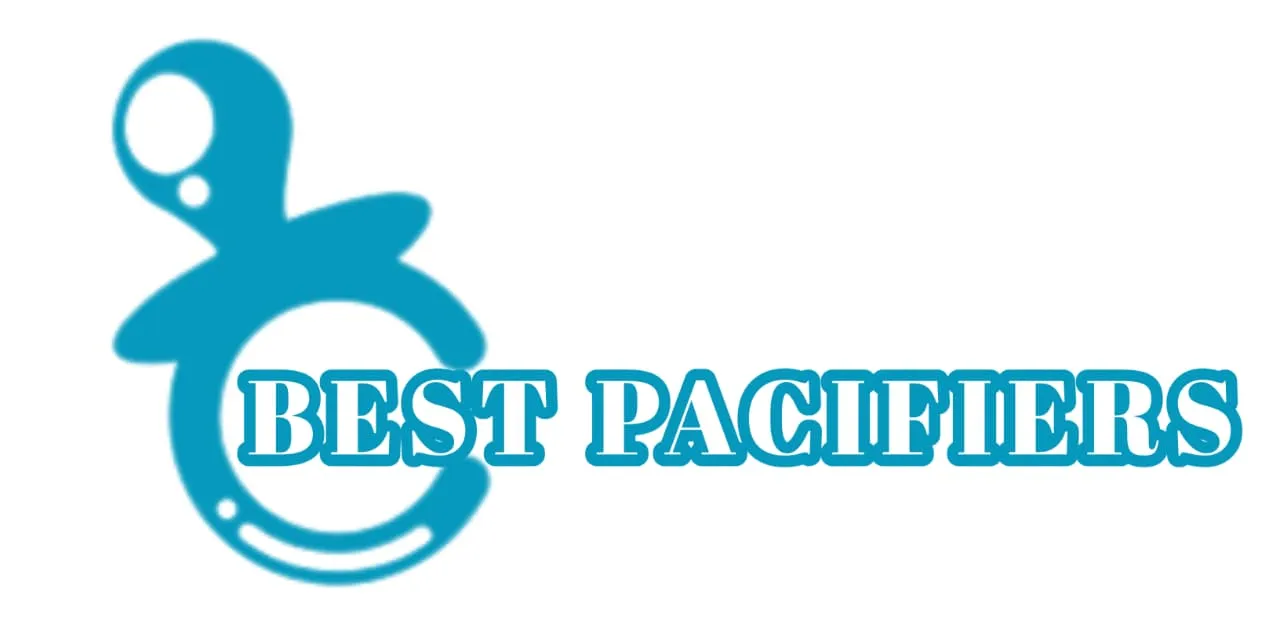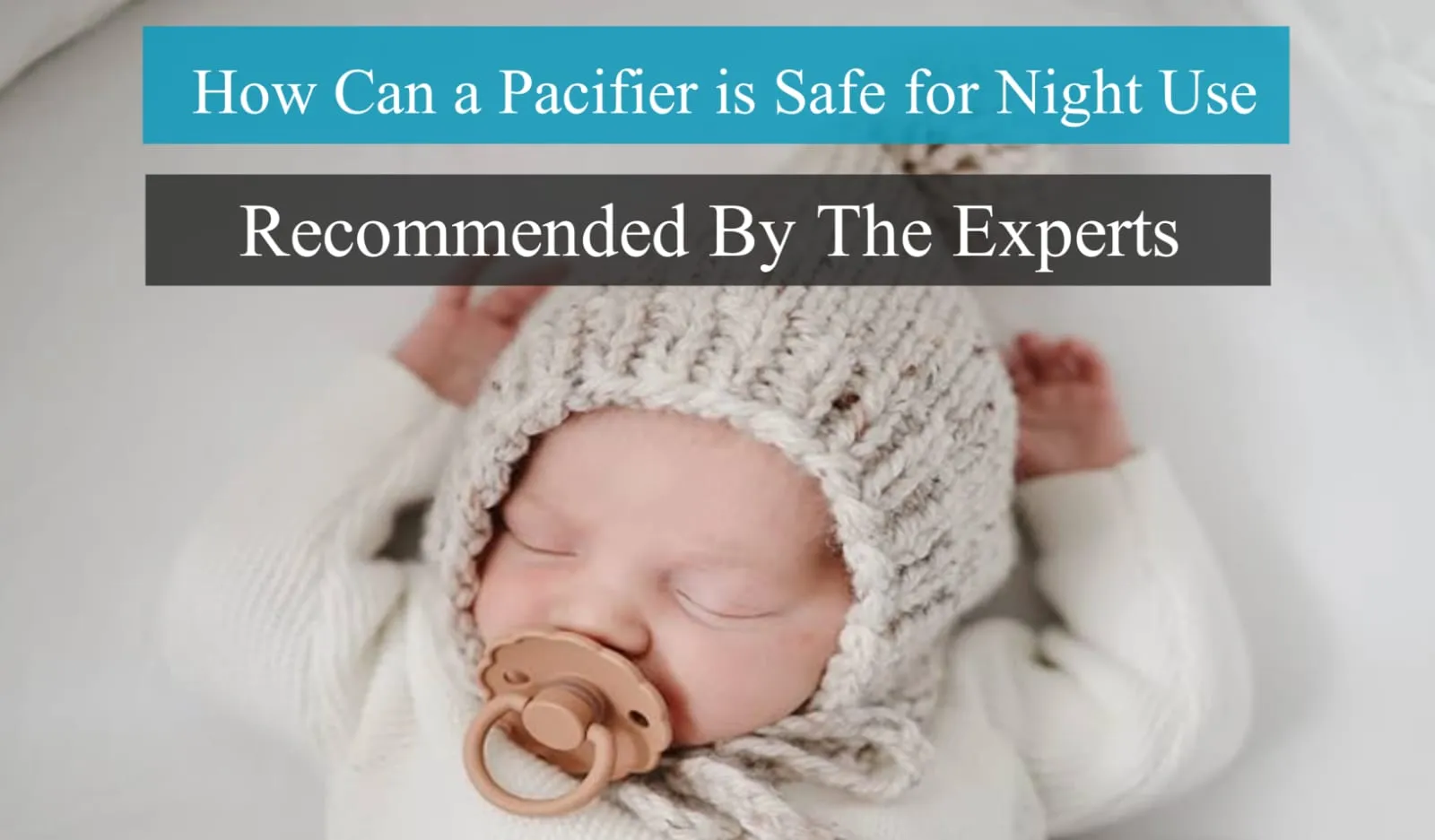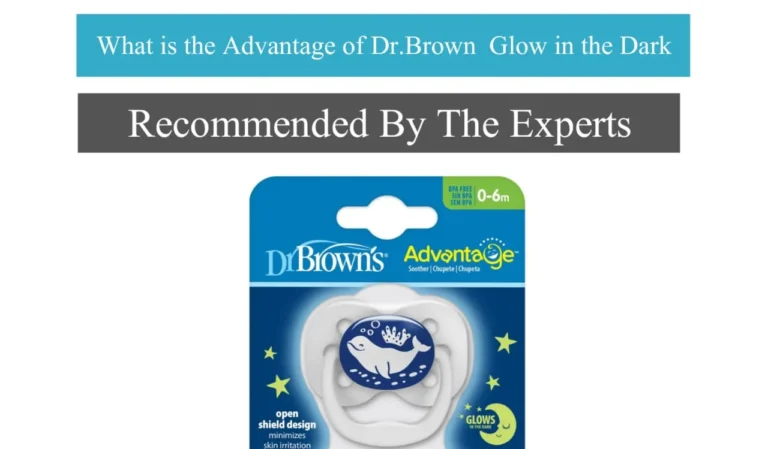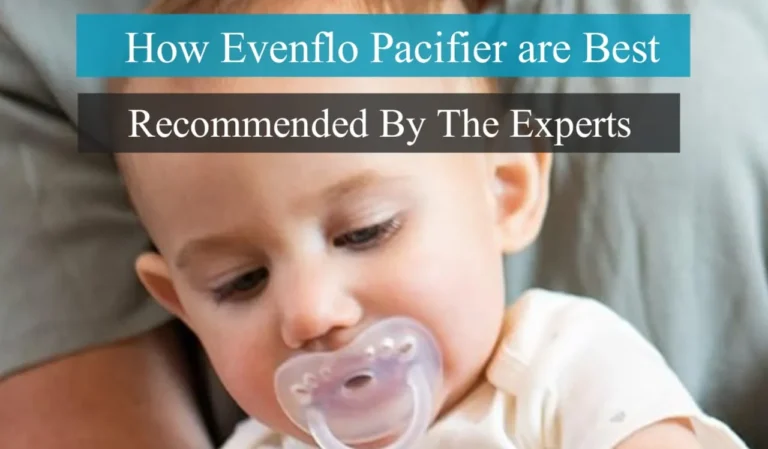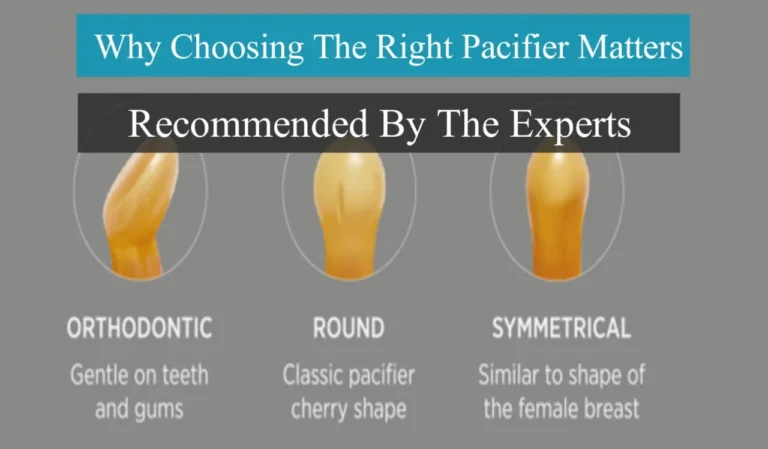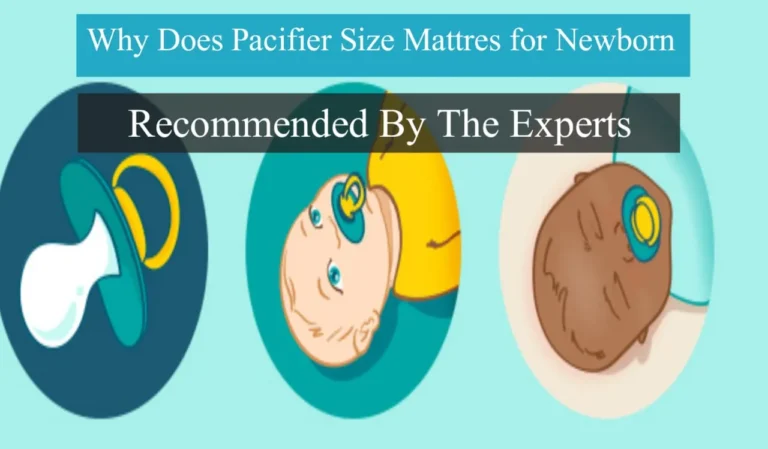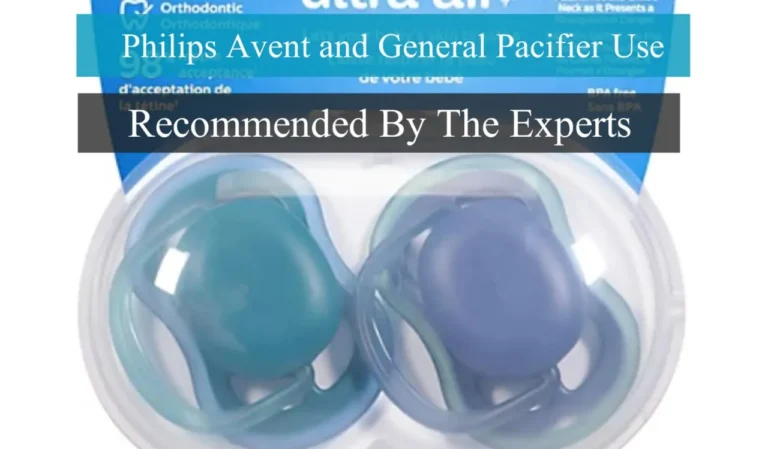How can a Pacifier is safe for night use : Parent’s Guide
Discover how to tell if a pacifier is safe for night use. Learn features, trusted brands, and tips for ensuring your baby sleeps safely and comfortably.
As a parent, I can recall how much I was concerned about the safety of my baby when using a pacifier at night. At night when everything is dark and silent, the slightest worry about the choking risks, suffocation, or even the fact that the pacifier is not made to be used at night, can deprive you of sleep. I used to spend hours going through parent forums and product reviews just to find some reassurance but the conflicting opinions only left me more confused. I, like many parents, did not simply want a pacifier that calmed my baby, but one that was safe to use at night with the right features to provide me with some peace of mind.
It took me a lot of research and experimenting with various brands such as Philips Avent, MAM, Dr. Brown and Itzy Ritzy before I realized what exactly should be included in a safe and best pacifier to use at night. As I discovered in my own experience, there are a lot of things you can do to be sure you have made the right decision. We will discuss the materials, shapes, designs, and certifications that are the most important and I will also mention some of the brands that have proven themselves consistent in terms of getting safety right. By the end, you will learn how to determine whether your baby pacifier is actually safe to use at night and you will sleep better knowing that your little one is both calmed and safe.
Why Nighttime Pacifier Safety is Important
The first time my baby used pacifiers, I did not pay much attention to the distinction between the day and night use. However, the truth of the matter is that there are special safety issues when night use is concerned. Babies have more unattended time of sleep and thus a badly designed pacifier can cause risks such as choking, jaw misalignment or even sleep disruption. Pacifiers with removable components, e.g. might appear to be safe during the day when you are keeping an eye on the child, but at night, they are even more dangerous. These risks made me understand why it is not a luxury but a necessity to choose a night-safe option.
Research also shows that pacifiers used at night may even reduce the risk of Sudden Infant Death Syndrome (SIDS). The fact that it is not only a soothing factor but an added protection factor was a very large factor to me as a parent. However, this advantage is only effective when the pacifier itself is made with safe, breathable, and light weight designs. When I switched my attention to night safety, I felt better about letting my infant fall asleep with a pacifier because I had done everything in my power to reduce risks by making better decisions.
The Major Characteristics of a Night-Safe Pacifier
I learned one of the first lessons that not every pacifier is equal. A night safe pacifier is ideally made of high quality and BPA free silicone or latex that is both tough and soft. Philips Avent, on the other hand, has medical-grade silicone that is wear-resistant, thus, is unlikely to become small parts overnight. The third notable characteristic is a shield with ventilation holes- this serves to avoid suffocation in case the pacifier accidentally moves against the face of the baby in the course of sleep.
The second characteristic that I take into account is size and shape. Night-safe pacifiers tend to be orthodontic, meaning that they will encourage proper oral development even when a kid is sucking at length. An example is the MAM pacifiers which are designed to have symmetrical nipple shapes that fit in the baby mouth comfortably and eliminating dental issues in the future. By reviewing these characteristics, I was convinced that my baby would sleep well and safely with the appropriate pacifier.
Glow in the Dark Designs to Locate Easily
Among the most convenient functions that I found in night pacifiers is the glow in the dark handle or shield. I have lost count in the number of times I used to fumble in the dark trying to find a misplaced pacifier and end up waking my baby in the process. Pacifiers such as the MAM Night and Philips Avent Ultra Air Night are glow-in-the-dark, so you can see them without switching on bright lights. This little thing was a very big convenience at 2 a.m. wake-ups.
In addition to convenience, glow in the dark pacifiers decrease frustration in babies. Parents can find them and replace them faster, so babies do not cry in the middle of the night. It was a game changer to me as it did not affect the sleep cycle of my baby so much, or mine. Glow features although they appear to be a bonus, I now consider them a necessity in any night-safe pacifier.
Orthodontic and breathable shapes
When testing pacifiers, I immediately found that shape is just as important as materials. Night time pacifiers tend to remain longer in the mouth and this implies that they must favor natural tongue movement and jaw positioning. Orthodontic pacifiers such as Dr. Brown or Philips Avent pacifiers have flat symmetrical nipples that do not exert so much pressure on the palate and teeth. This made me feel relieved that my baby would not have a problem with oral development despite using it on a nightly basis.
An additional critical factor is breathability Pacifiers with bigger shields and more air holes enable the air to reach the skin of the baby and avoid rashes and irritation. I have once tried a cheaper pacifier without ventilation, and my baby has gained some redness around the mouth. The solution to the problem came with switching to a breathable design. I never miss to ensure that the shield design is lightweight and ventilated, particularly when it is to be used at night when saliva tends to accumulate near the mouth.
Reliable Companies That Put Night Safety First
Brands are also something that I did not trust in all pacifiers on the market. The most outstanding were those that had consistent safety testing and parent friendly designs. One of my favorite brands is Philips Avent, which is free of BPA and has orthodontic nipples. I was impressed with the glow-in-the-dark and self-sterilizing case features of MAM pacifiers that seemed to be night-friendly.
Another brand that I used is Itzy Ritzy, which has stylish yet functional pacifiers. Although they are more commonly used during the day, their silicone pacifiers with ventilation seemed safe enough to use at night. Dr. Brown also gains the credibility of orthodontically-friendly shapes that do not harm long-term oral health. I tried out a variety of different brands but decided that using the names that I was familiar with and had been tested and proven safe gave me the most peace of mind as a parent.
How to Test the Safety of a Pacifier at Home
I learned to never use pacifiers at night without examining them first even when using pacifiers of a well-known brand. The first one I do is the pull test- lightly pulling on the nipple and handle to make sure nothing comes out. I also feel the edges of the shield with my finger to see whether there are jagged edges or fissures. These little steps made my way of life and I was assured that the pacifier could survive over night.
One more habit that I had acquired was sterilizing and boiling pacifiers before their initial utilization and later cleaning. Certain brands such as MAM make this simple with their sterilizing cases that only need a microwave. Nighttime pacifiers particularly should be devoid of bacteria build-ups because the babies suck them over long periods of time. It is a combination of brand trust and my personal safety checks that allowed me to know that my baby pacifier is indeed safe to sleep with.
Typical Errors of Parents
When I discuss pacifier use with other parents, I most frequently hear about potential problems that can make it more dangerous to use a pacifier at night. Another among the greatest is having pacifiers on cords, clips or stuffed animals when the baby is asleep. Although these accessories are useful during the day, they are hazardous at night because they are strangulation hazards. The other mistake is using pacifiers after the age recommendation of the pacifiers. A pacifier that suits a newborn baby might not be safe for a six month old baby.
The other typical mistake is disregarding signs of wear and tear. I had once missed a crack in a silicone pacifier and realized that it could be very hazardous had part of it broken off. I added replacing the pacifiers in 4-6 weeks or earlier in case they were damaged to my safety routine. The experience of these mistakes taught me not to take unneeded risks and concentrate on using pacifiers as they were supposed to be used, safe and effective.
FAQs : Pacifier is safe for night use
Final Thought
In retrospect, I can easily say that the peace of mind that I received in my decision to use safe nighttime pacifiers was invaluable. It was not just the need to find a comforting tool for my baby, but a way to be sure that I and my baby were sleeping uninterrupted and safe. By prioritizing such features as orthodontic shapes, breathable shields, glow-in-the-dark models, and trusted brands such as Philips Avent, MAM, Dr. Brown, and Itzy Ritzy, I did not take any unnecessary risks.
When you are a parent and concerned whether your baby can use a pacifier at night or not, the correct decision can change everything. Examine the materials, the form, and the durability and do not be afraid to change pacifiers frequently. Safety should not be at the expense of convenience- there are safe pacifiers that are also convenient. Personally, I found that night-safe pacifiers turned bedtime into a more peaceful, secure process and I think they can do the same to you.
